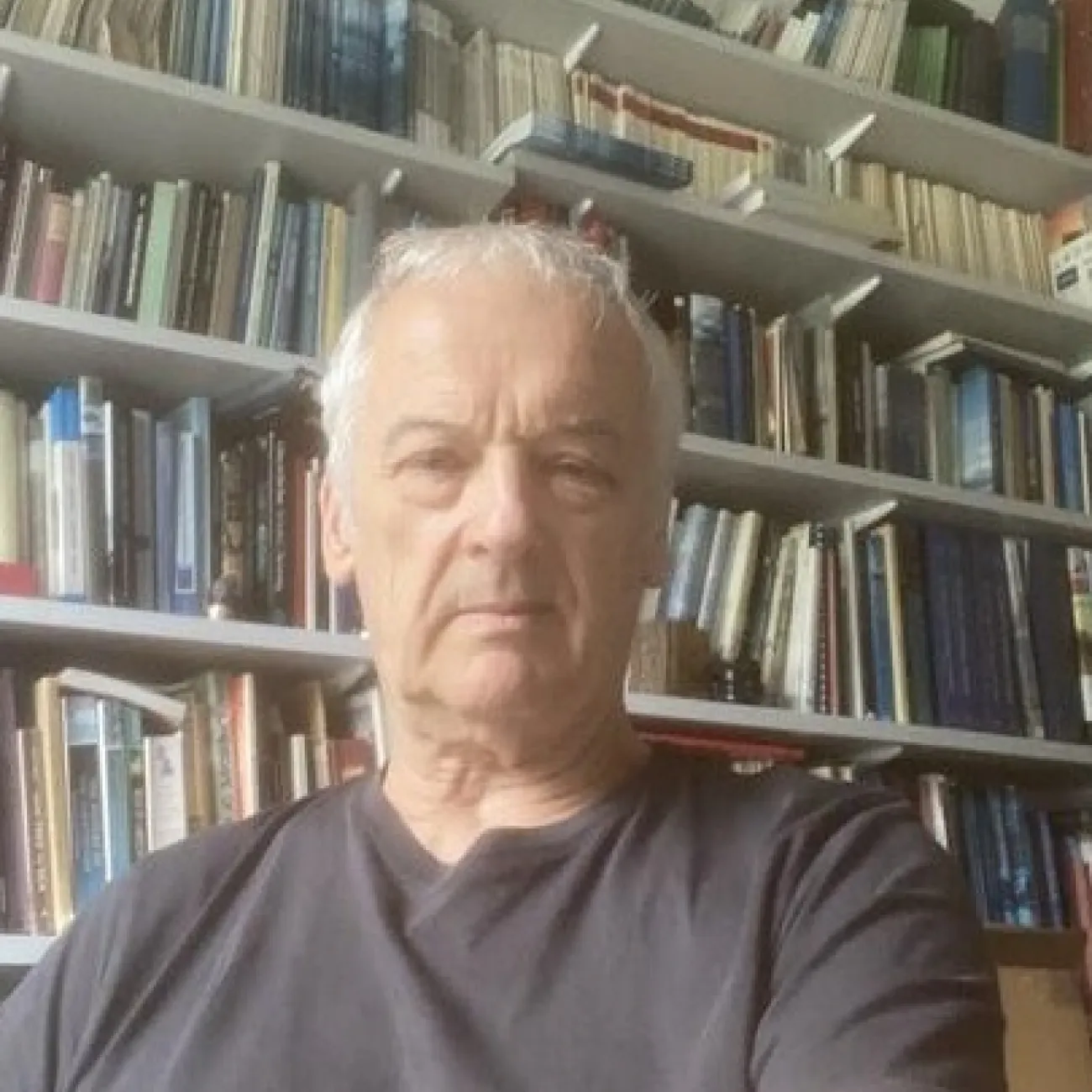Research
Research groups
Research interests
- the chronology and impact of environmental change on later prehistoric human populations in the Black Sea region
- maritime connectivity in the Black Sea
- ships as tools of Early Modern state-building
Current research
Black Sea Maritime Archaeology Project: Deepwater phase 2015-2017. Coastal Phase 2017-Present. The chronology and impact of environmental change on later prehistoric human populations in the Black Sea region. (Julia & Hans Rausing Trust).
Black Sea Ancient Ship Analysis Follow-on funding for the continued study of maritime connectivity in the Black Sea (with Ship Science and linked to the Science Museum) [Julia & Hans Rausing Trust).
Ships of State: Ships as tools of Early Modern state-building (with Sodertorn University, Sweden).
Maritime Archaeology of the Mexican-American War (1846-1848) (British Academy, Advanced Newton Fellowship).
The Axe Boat Project: (with Devon County Council Archaeology Unit).
The Grace Dieu Project: Investigation of Henry V's great ship Grace Dieu (1418-1439) (Arms & Armour Trust).
